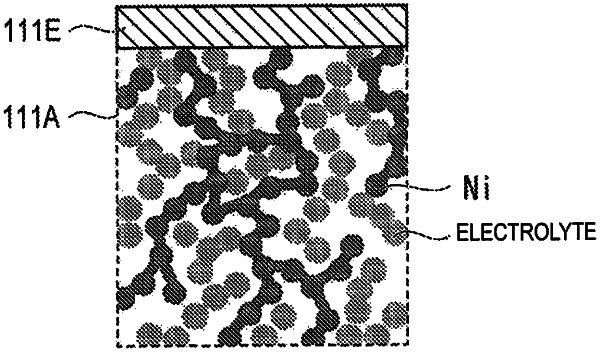| CPC H01M 4/905 (2013.01) [H01M 4/8668 (2013.01); H01M 8/04225 (2016.02); H01M 8/1286 (2013.01)] | 23 Claims |

|
1. An anode layer activation method in a solid oxide fuel cell, the anode layer activation method comprising:
providing an anode layer containing nickel metal;
stacking the anode layer, an electrolyte layer and a cathode layer on a metal support part to form a metal support cell, the metal support part being formed of a porous metal and interposed between the anode layer and a flow passage portion through which an anode gas flows such that an entirety of the metal support part is provided between the anode layer and the flow passage portion, the porous metal being made of a corrosion resistant metal material;
introducing an oxygen-containing gas into the anode layer by flowing the oxygen-containing gas in the flow passage portion to oxidize the nickel metal, the anode layer containing an unconnected network of nickel when the oxygen-containing gas is introduced, and
introducing a hydrogen-containing gas into the anode layer to reduce the nickel that was oxidized and to connect the unconnected network of nickel and thereby increase a number of conduction paths in the anode layer that electrically connect the electrolyte layer to the metal support part,
the flow passage portion, the metal support part, and the anode layer being sequentially stacked such that the flow passage portion and the anode layer are in contact with opposite surfaces of the metal support part.
|